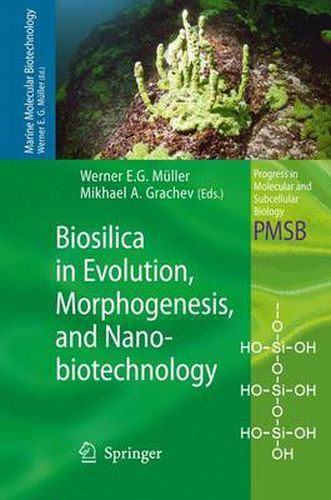Readings Newsletter
Become a Readings Member to make your shopping experience even easier.
Sign in or sign up for free!
You’re not far away from qualifying for FREE standard shipping within Australia
You’ve qualified for FREE standard shipping within Australia
The cart is loading…






Lake Baikal is the oldest, deepest and most voluminous lake on Earth, comprising one fifth of the World’s unfrozen fresh water. It hosts the highest number of endemic animals recorded in any freshwater lake. Until recently it remained enigmatic why such a high diversity evolved in the isolated Lake Baikal. Focusing on the sponges (phylum Porifera) as an example, some answers are provided to fundamental questions on evolutionary forces. The characteristic feature of these animals is that they form their polymeric silicic acid skeleton enzymatically. This process is explored using modern molecular biological and cellular biological techniques to outline strategies to fabricate novel materials applicable in biomedicine and nanooptics.
$9.00 standard shipping within Australia
FREE standard shipping within Australia for orders over $100.00
Express & International shipping calculated at checkout
Lake Baikal is the oldest, deepest and most voluminous lake on Earth, comprising one fifth of the World’s unfrozen fresh water. It hosts the highest number of endemic animals recorded in any freshwater lake. Until recently it remained enigmatic why such a high diversity evolved in the isolated Lake Baikal. Focusing on the sponges (phylum Porifera) as an example, some answers are provided to fundamental questions on evolutionary forces. The characteristic feature of these animals is that they form their polymeric silicic acid skeleton enzymatically. This process is explored using modern molecular biological and cellular biological techniques to outline strategies to fabricate novel materials applicable in biomedicine and nanooptics.